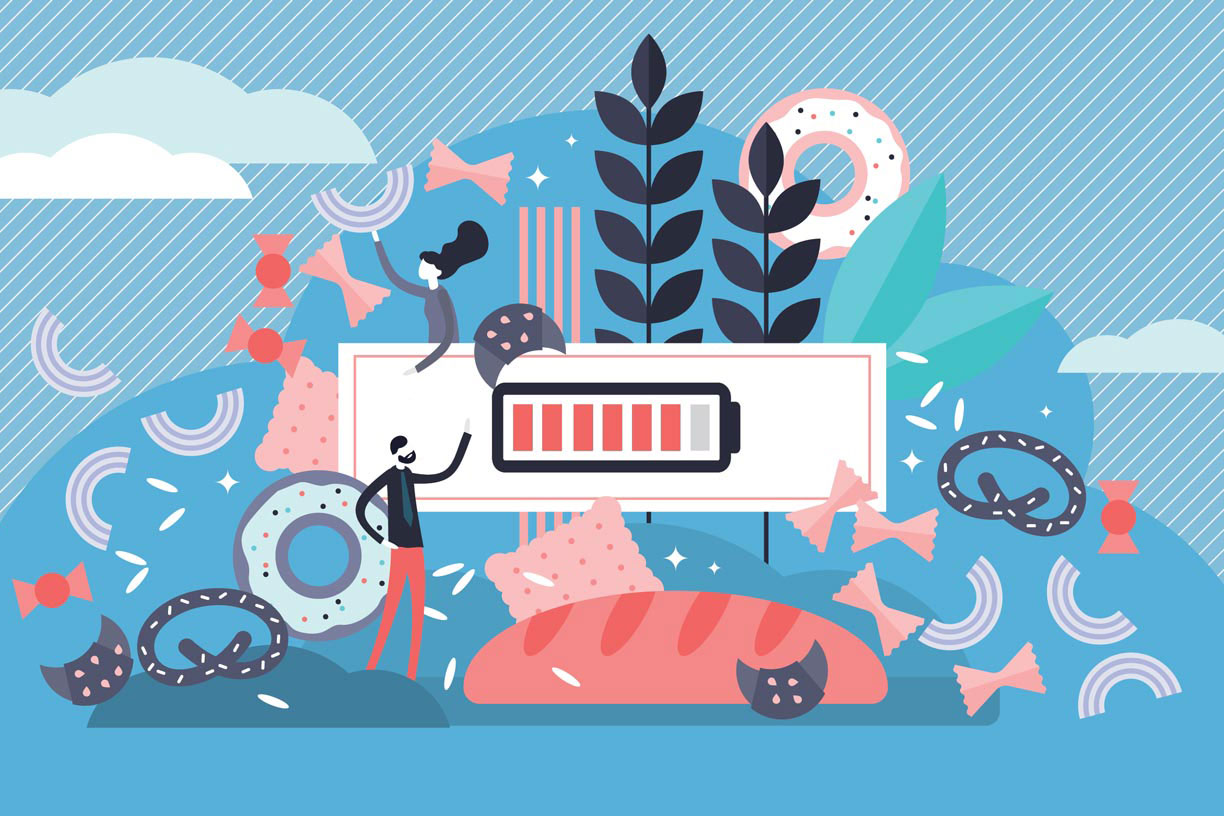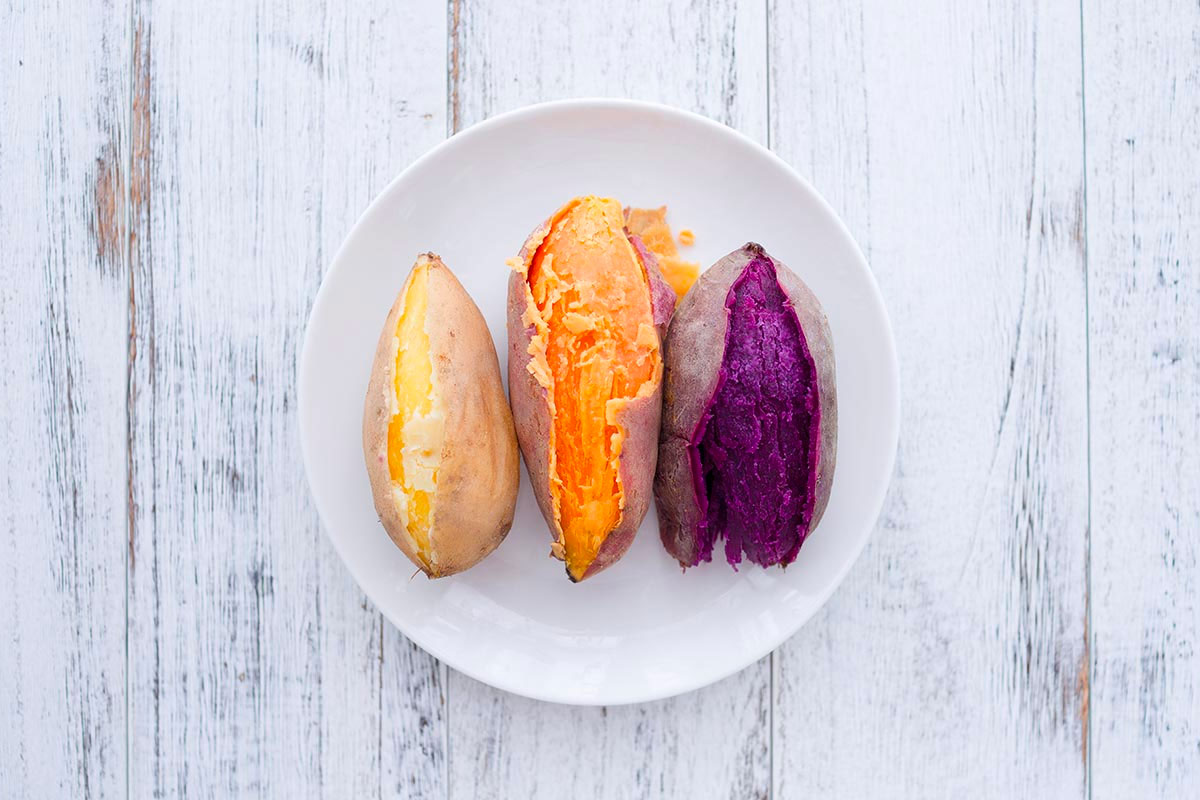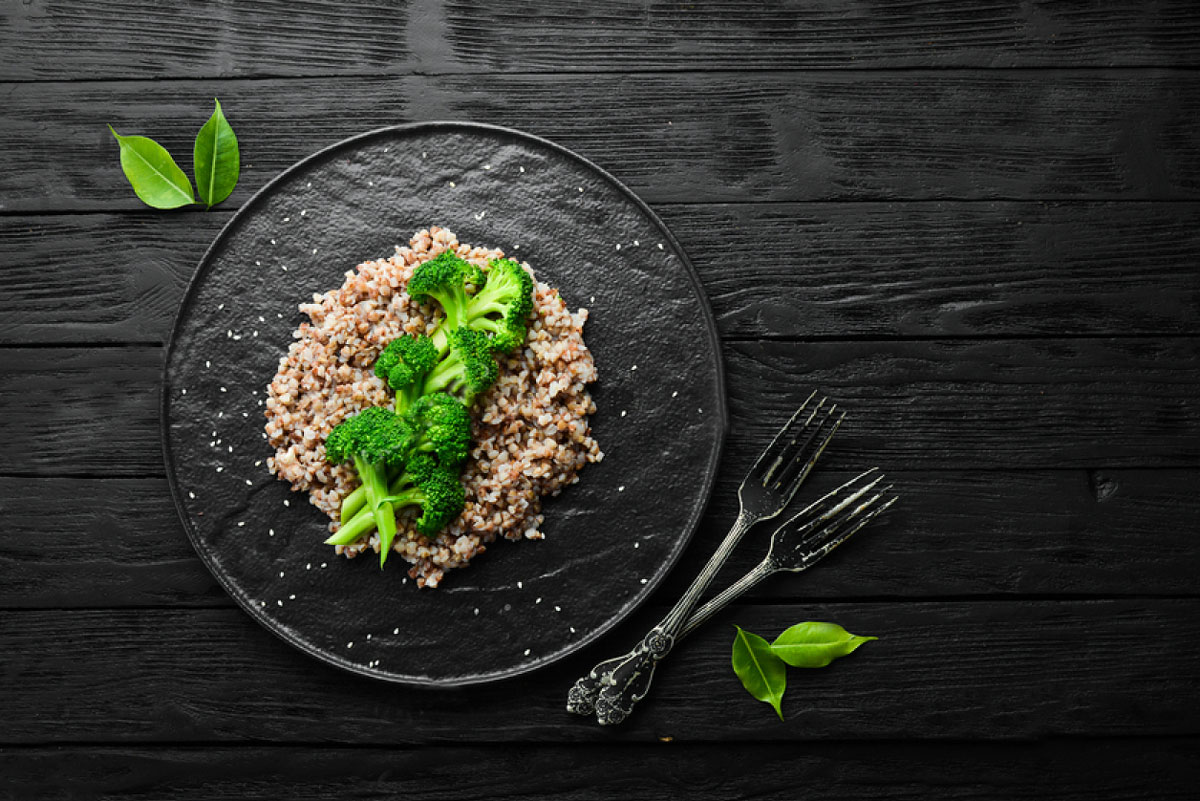
the lycemic index is one of the most important characteristics that determine the benefits or harms of a particular food product. In most cases, a high GI is associated with an overly rapid rise in blood glucose levels, which can lead to increased hunger and overeating.
Eating foods with a low glycemic index can help you better control hunger – which underlies your ability to maintain a normal body weight without the aid of diets. If you want to cut calories, the list of foods presented in the article will help you.
Low GI – What’s the Use?
When it is said that a certain food product has a low glycemic index, it is assumed that the carbohydrates contained in this product are relatively slowly absorbed by the body. More specifically, foods with a low GI increase blood glucose levels more slowly.
However, two clarifications need to be made. Firstly, it’s about the rate of increase – the total amount of digestible carbohydrates is determined by the glycemic load, and, of course, by the size of the portions. Second, glucose is considered exclusively, not its effect on insulin production.
Some foods (such as meat and dairy products) have a low GI – however, they lead to a noticeable increase in insulin during digestion. The reason is that proteins also affect the production of this hormone, although they do not contain glucose.
Calorie connection
Calorie content is the energy value of food and the mathematical sum of the calorie content of proteins, fats and carbohydrates contained in its composition. Note that the real amount of energy received by the body will be lower – the calorie content does not take into account the fact that fiber (formally, this is a carbohydrate) is not absorbed.
In practice, the caloric content of carbohydrate foods is associated with their glycemic load – that is, with the actual amount of carbohydrates in the composition. On the other hand, the presence of fat, although it increases calories, can lower the glycemic index, delaying the absorption of carbohydrates.
Low-calorie foods with a low glycemic index
Below is a list of low GI and low calorie foods. Let’s note that the glycemic index is always calculated for a serving containing exactly 50 g of carbohydrates – while the calorie content of a meal is usually indicated for a 100 g serving.
1. Sweet potato (yam)

GI per serving of 50 g – 50-55 units, calorie content per 100 g before cooking – 86 kcal. Sweet potatoes (also called sweet potatoes) are a distant relative of regular potatoes and are higher in fiber, minerals and antioxidants.
// What’s the healthiest potato form?
2. Boiled buckwheat porridge
>

The glycemic index is about 45 units, the calorie content of boiled buckwheat is 170 kcal. When calculating the calorie content, it is assumed that cooking increases the volume (and, therefore, the weight) of buckwheat by about 2 times compared to dry cereals. Note that quinoa has similar numbers.

